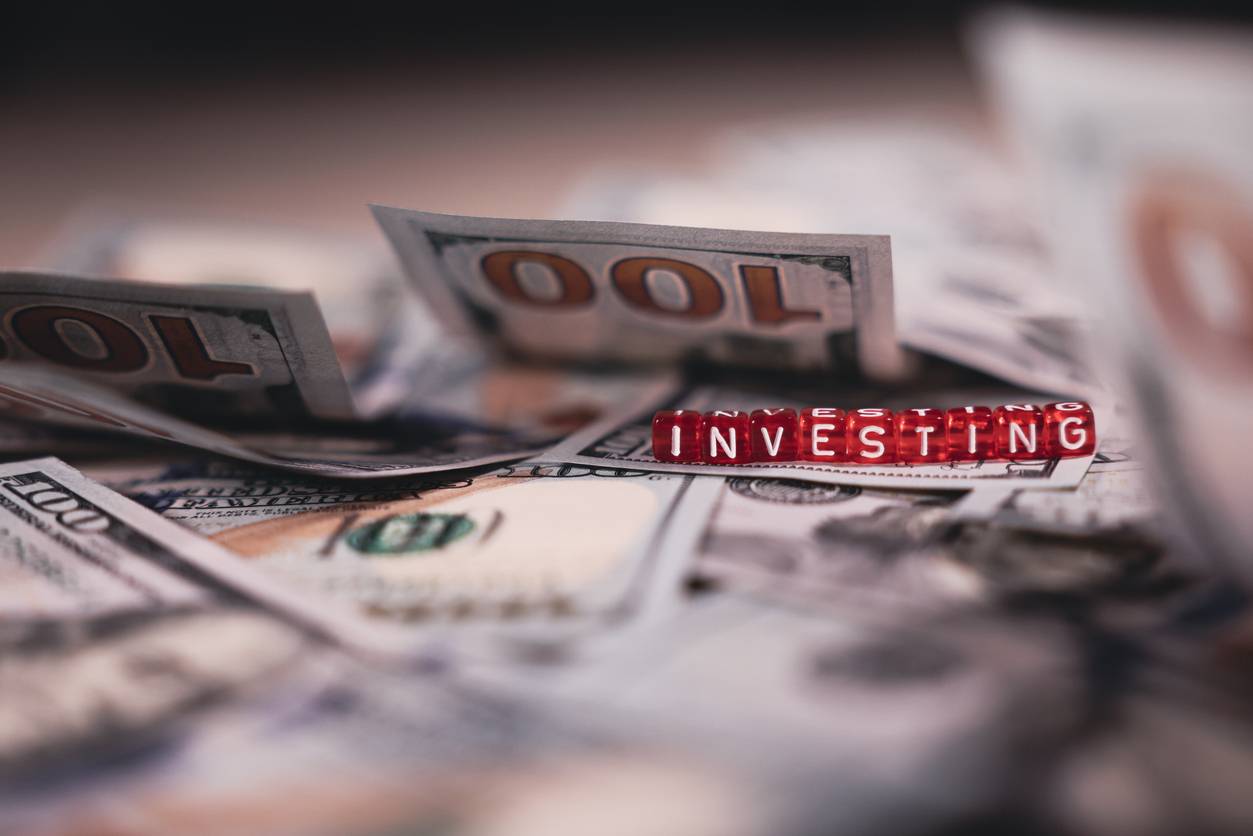
A cornerstone to successful investing is the application of common sense.
The founder of The Vanguard Group, John C. Bogle, believed this. The term ”common sense” appeared frequently in his writings, across twelve books and numerous essays, commentaries, and speeches.
A few of the tenants of common sense investing that Bogle espoused:
- Time is Your Ally: compound interest works best when paired with a long-term perspective; investors should avoid short-term noise and focus on long-term growth
- Diversification is Key: by owning a wide swath of the market, investors reduce the risk of being overly exposed to individual securities or sectors
- Don’t Try to Outguess the Markets: avoid speculative strategies and favor predicable, rules-based investing
- Cost Matters: try to keep costs associated with investing as low as possible
- Focus on What You Can Control: investors can’t control the market, but they can control how they react to market events, how they allocate their portfolio, and how long they stay invested
For those interested in diving deeper into Bogle’s work, The John C Bogle Reader is a good launching point. It combines three of Bogle’s most important books: Common Sense on Mutual Funds; Don’t Count on It! and The Little Book of Common Sense Investing.
I recognize that digesting 1,874 pages of financial subject matter presents a lot of nourishment, and may be a meal enjoyed by some, but not all.
It may suffice readers to know that Bogle’s common sense approach, to which we adhere, continues to ring true: keep costs as low as possible, diversify, and stay invested.
Beyond his financial and business prowess and advocacy for the Main Street investor, Bogle was a thoughtful and empathic human being.
If you enjoy one-to-one interviews and would like to hear Bogle in his own voice, check out this link.
Friend of the firm David Freudberg, who has a long and successful history of producing content for public radio, had the opportunity to meet with Bogle twice. The link above was from his 2014 interview at the Vanguard offices outside of Philadelphia in 2014.
For more of David’s work, which I highly recommend, check out Humanmedia.org and David’s weekly podcast Humankind.
-RK








